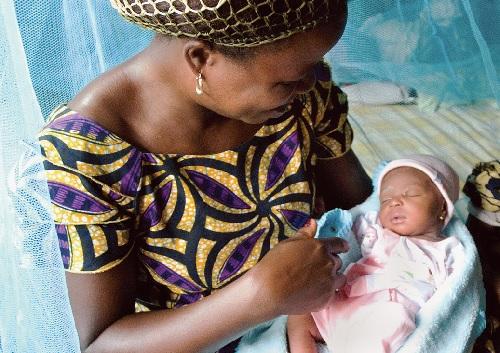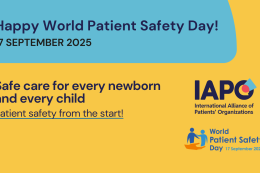Building high-performing healthcare systems in the 21st century

BMGF’s Primary Health Care Performance Initiative’s (PHCPI) goal is to improve the health of millions of people by bringing together a network of country policymakers, practitioners, advocates and other development partners (the stakeholders). This network will speed up the implementation of high-performing primary healthcare systems through better performance measurement, reporting, and knowledge sharing.
Four broad strategies
So far they have met in London and Lagos, where they unveiled that PHCPI will have four broad strategies: strengthen performance measurement; catalyse knowledge generation, promote country level improvement, and engage partners and build momentum.
Primary healthcare services are very important for IAPO and its members. These services are the frontline of health and help our members manage many non-communicable chronic conditions and prevent hospitalisation that requires access to expensive acute care resources.
PHCPI has started on a good note by engaging patients’ organizations like IAPO very early on. This initiative will strengthen our advocacy work by giving us access to timely, relevant, accurate and high quality information to improve health systems.
The first step towards universal health coverage
A high quality primary health care service is the first step towards an accessible, affordable and acceptable health system. PHCI has the potential to reduce waste and inefficiencies. By improving uptake, clinical effectiveness and cost efficiency can take us nearer to achieving the universal health coverage that we advocate.
The importance of ‘Vital Signs’
The main driver of the PHCPI is the development of a comprehensive set of indicators, the ‘ Vital Signs’ . These can quickly give country policymakers, practitioners, advocates and other development partners the state of a primary health care service in low to middle-income countries.
At the heart of the ‘vital signs’ is data collection that will be institutionalised and automated. The health system will collect this data systematically. Data collection will be standardised and embedded at a country level into the health system like a ‘Black Box’, giving the stakeholders an opportunity to make country versus country comparison to achieve better performance measurement, reporting, and knowledge sharing.
Coming from BMGF, where communication technology and innovation is a byword, the Vital Signs Black Box will be accessible online in a transparent manner. It will be loaded with applications that will visualize the statistics in such a manner that they can lift-up our briefing papers and other communication used in our advocacy work.
Image taken from link document above. Photo by Maggie Hallahan, Sumitomo Chemical.



